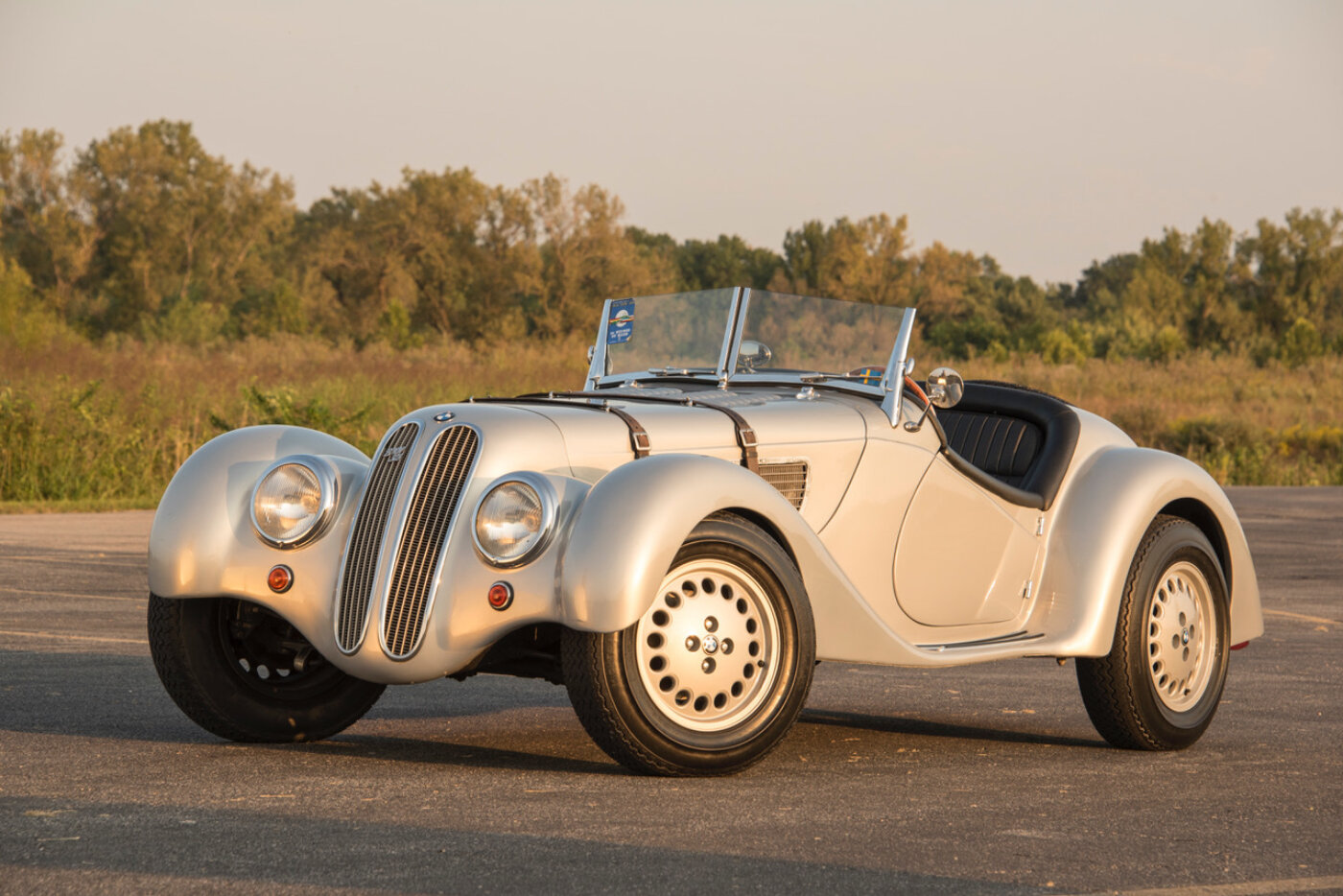
Sbarro BMW 328 re-creation
Story and Photos by Steve Temple
Improving on an original is a familiar theme in the replica market, as it only makes sense to take advantage of advances in automotive engineering. But you don’t want to throw the baby out with the bathwater either, so a combination of old and new is a reasonable compromise. That’s the case with this BMW 328 replica by Sbarro, a Swiss company with an impressive portfolio of cars — though most of them seen infrequently here in the states.
By way of history, the original BMW 328 debuted in 1936. It was designed as a competition model from the get-go and gave BMW a sports image, which it had not been known for back then (unlike today). Equipped with a 2.0-liter six-cylinder engine developing 80 hp, the roadster performed well at the 24 Hours of Le Mans, among many other races. Only 462 were produced, so the 328 is a rare, highly prized collector car today.
Bringing the 328 forward is the Italian-born Franco Sbarro. The son of a farmer, he became interested in everything related to mechanics at a young age. After studying in Lecce, Italy, Sbarro settled in Neuchatel, Switzerland, in November 1957 where he worked as a mechanic. He bought a small garage two years later and soon after met George Filipinetti of the famous Scuderia Filipinetti team. He developed and maintained some of the team’s race cars, including the AC Cobra, Ferrari P3 and Ford GT40. That led Sbarro to build to his first car, the Coupé Filipinetti, based on a 1,600 cc Volkswagen Karmann Ghia engine.
Sbarro started replicating various exotic automobiles in the early 1970s, with the majority based on historic cars, including Bugattis, GT40s, Lola T70s and the Ferrari P4. It’s interesting to note that these replicas used German mechanicals from either BMW or Mercedes-Benz, and even the Porsche 911 for the limited-production Stash.
In 1974, Sbarro debuted his BMW 328 replica at the Geneva Motor Show. As noted at the outset, his concept was to recreate the aura and style of the time, but do away with certain antiquated features. Even so, Sbarro stuck with BMW for the engine, albeit from later models with fouror six-cylinder engines from 85 to 200 horses.
The one shown here, owned by George Randall, runs a 100 hp four-cylinder engine from a 1973 BMW 2002. That’s plenty of oomph in a car that weighs only 1,650 or so pounds. The performance emphasis is not a surprise, given that George owns a number of hot collectible cars, all on display in a showroom adjacent to one of his liquor stores in the St. Louis area. We hope to visit again soon to shoot some of his other cars, including a Ferrari GTO replica.
While following the 328 on the way to the photo location, we couldn’t help but notice that it’s a petite roadster, dwarfed by other cars on a broad American highway. It looks right at home on narrow country roads, though, and the compliant BMW suspension makes it a spirited performer.
Given the diminutive size of the car, it doesn’t come as a surprise that Sbarro also offers a 328 America model with a stretched wheelbase, providing a more comfortable cockpit. This enlarged model runs the BMW 525’s in-line six-cylinder, developing at least 145 bhp, and comes with four-wheel disc brakes and aluminum wheels as standard.
Taking things one step further, the Sbarro 328 Spéciale features an extended body and larger wheels for a more aggressive look than the original. A turbocharged engine is optional, delivering a healthy 245 bhp.
According to Charles Walden, who built a 328 replica from scratch (as featured in the “Roundel Racer” article in our Fall 2019 issue), Sbarro was authorized by BMW to build 100 replicas in the mid-1970s. They sold for almost $50,000. Charles indicates that all of them were unibodies in the sense that the fenders were not removable.
George acquired his 328 replica at a Mecum Auction, but he admits he doesn’t drive the 328 often, given the number of cars in his collection. He does, however, appreciate the leather interior and five-speed transmission, along with the smooth mold work of the fiberglass body. While the mechanicals are much more modern, this baby still has those classic lines.

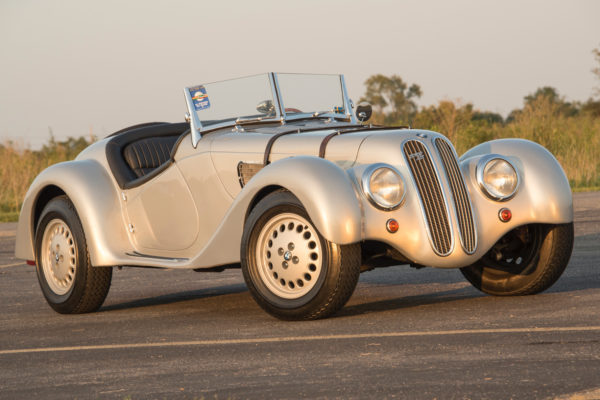
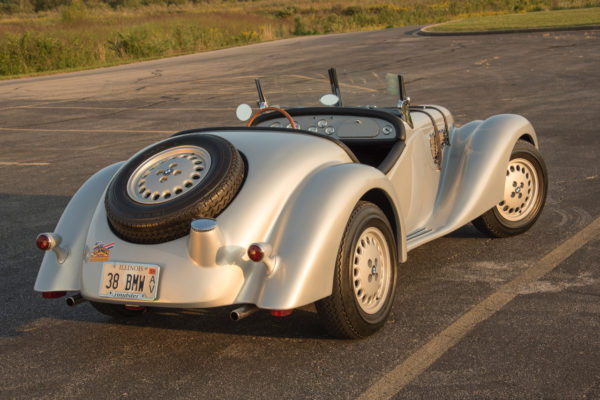
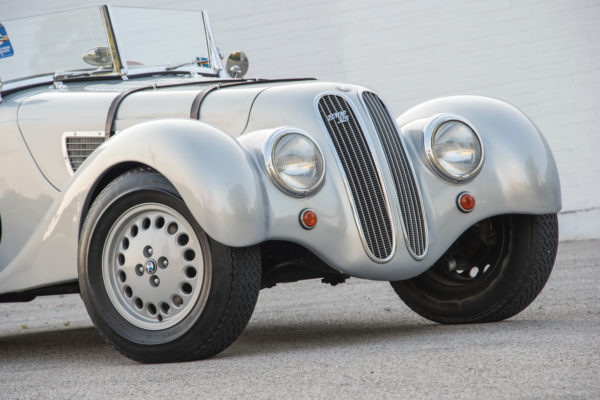
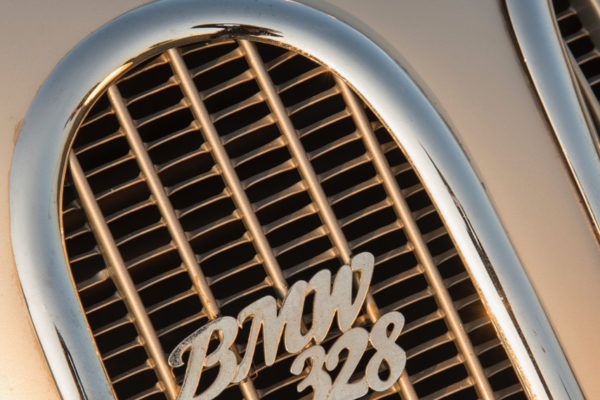
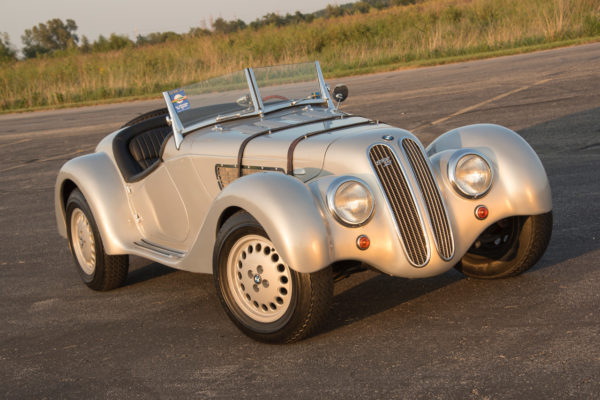
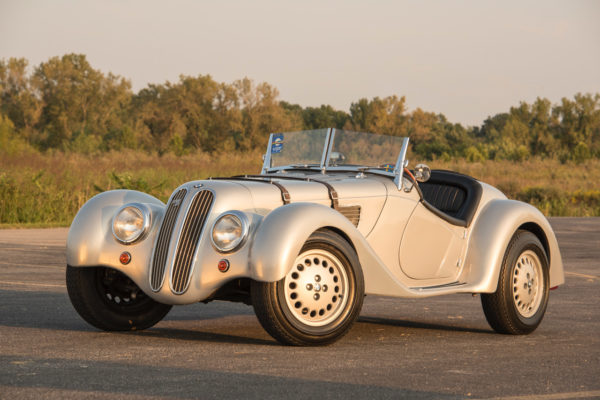
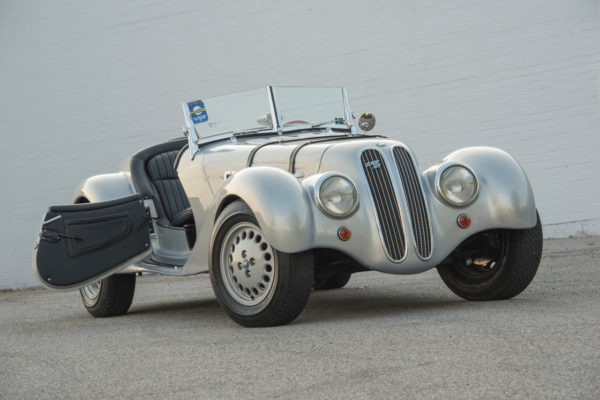
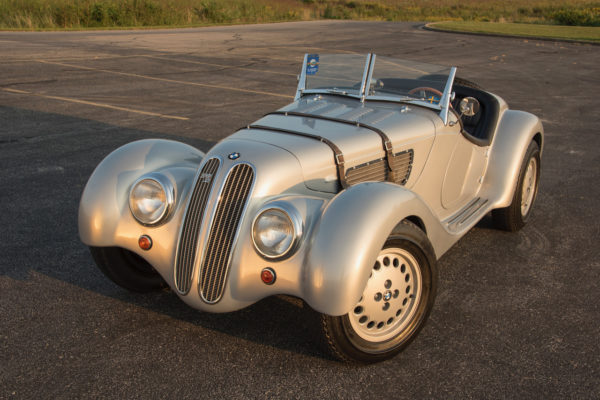
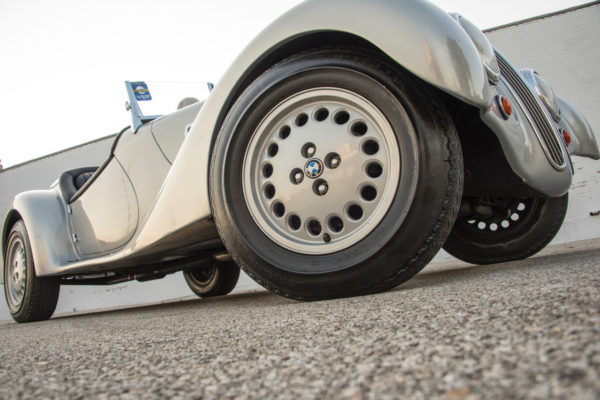
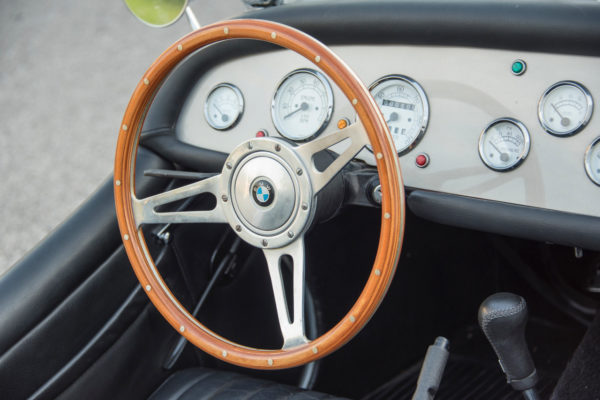
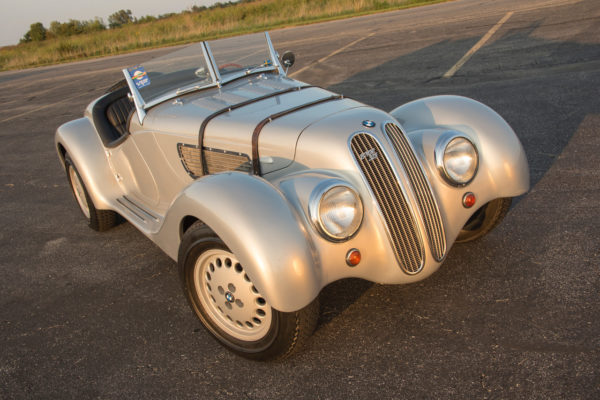
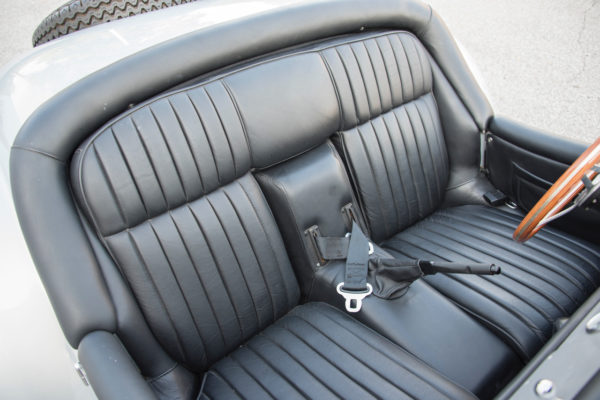
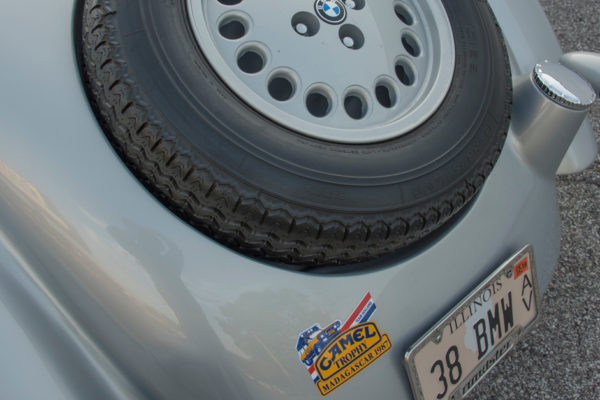
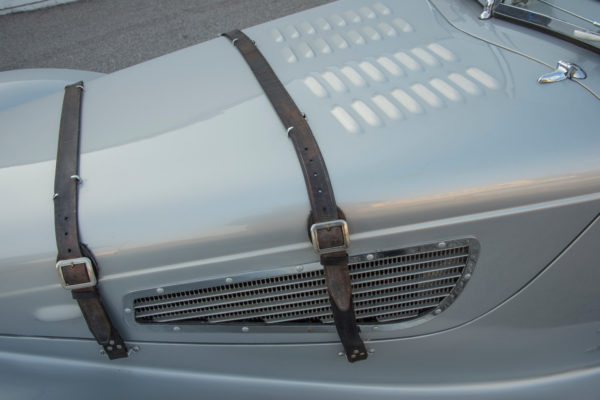
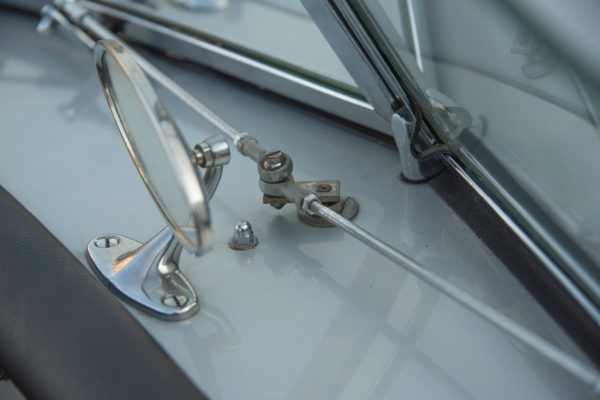
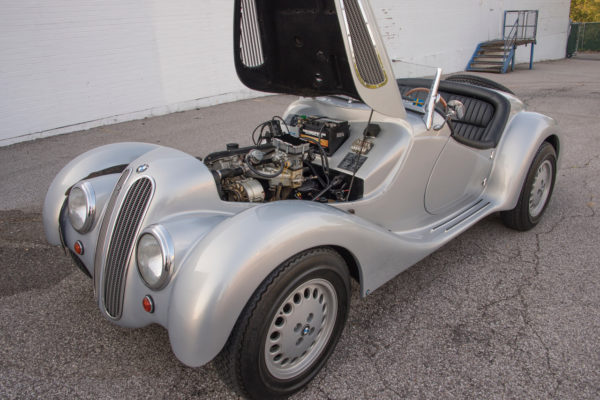
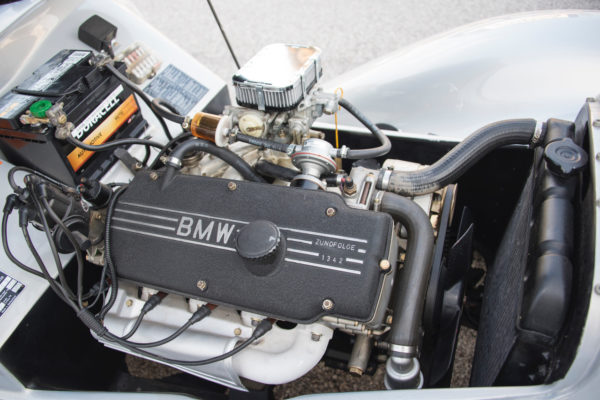
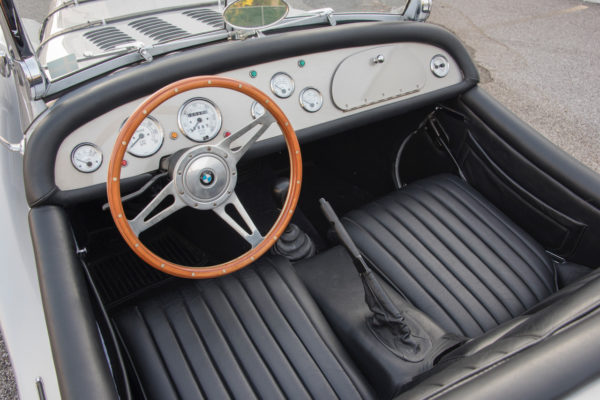
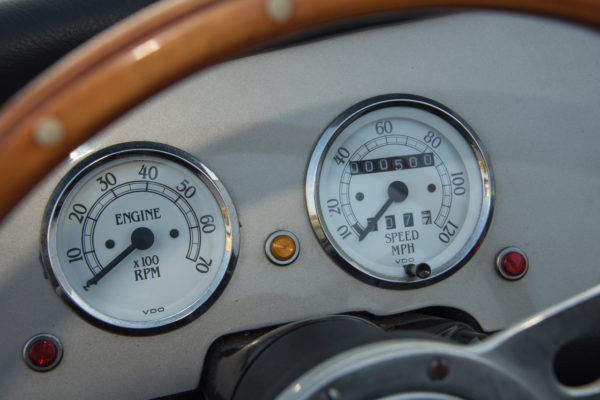
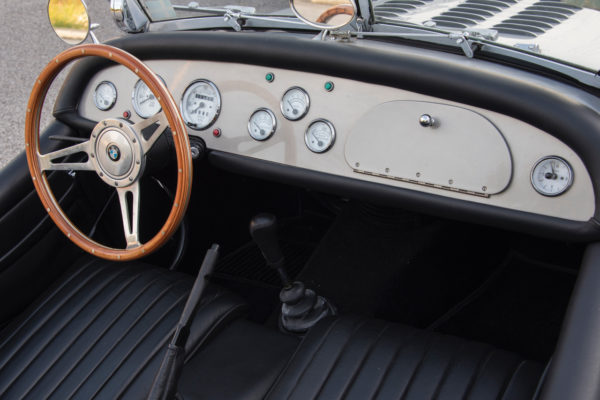
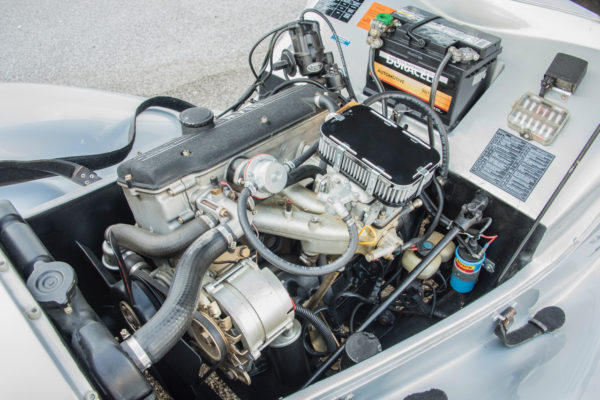

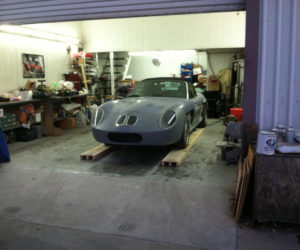
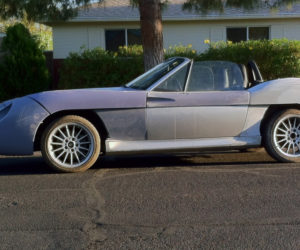
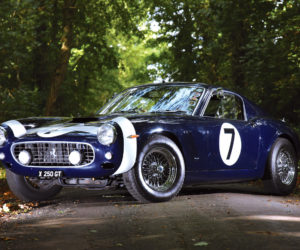
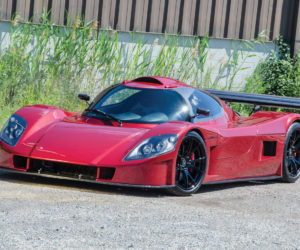
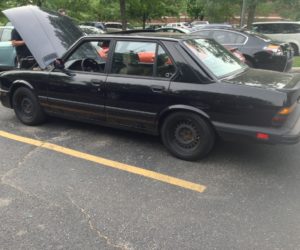




Comments for: The Mark of Sbarro
comments powered by Disqus